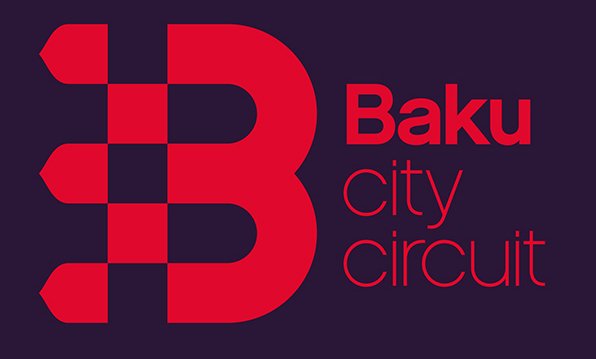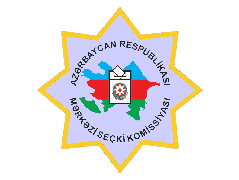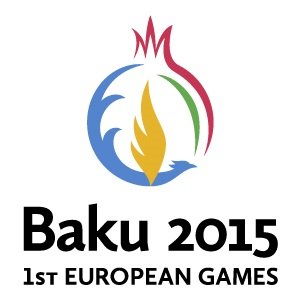-
Address:Gasr, lane 1, Baku, Sabail, AZ1000
One of the masterpieces of Middle Ages architecture in an ancient city, the residence of the rulers of Shirvan – “Ensemble of Shirvanshahs’ Palace” has kept its historical-architectural importance up to date. Palace complex was built through XIII-XVI centuries. It is consisted of 9 buildings: the main building of the palace, Divankhana (court-house), Dervish sepulcher, Eastern gate (portal), mosque of the palace, Kei-Gubad mosque, mausoleum of the palace, a bathhouse and a reservoir. The Palace Bathhouse is located in the lowest yard of the complex. Like all other bathhouses of the Icherisheher, this bathhouse was also built underground to keep the heat stable. As time passed the thickness of the earth layer increased and covered it. The bathhouse was discovered by chance in 1939. A part of it was cleaned in 1953 and conserved in 1961. Based on the survived walls of the bathhouse, we could say that it was covered with cupola. Sunlight fell into the bathhouse through the holes in the cupola. This kind of bathhouse system is characteristic to Baku and Absheron. The left part of the bathhouse was restored, the right part has kept its more original form. The water entering the bathhouse flows to the boiling-room from reservoir, and from there distributed to the rooms through special gutters. There are dressing rooms and so-called “khalvati” (private) rooms for one person in the bathhouse. The ends of distribution pipes are seen inside the arches on the walls. There are a big and two small rooms with cupolas on the right corner of the bathhouse. It is very likely that these rooms coated with glazed bricks belonged to Shah personally.



.png?v=DqKtbngFu8-eBM77oNP77E2SV2gNF4_tUk0Y9IcK12s)

















